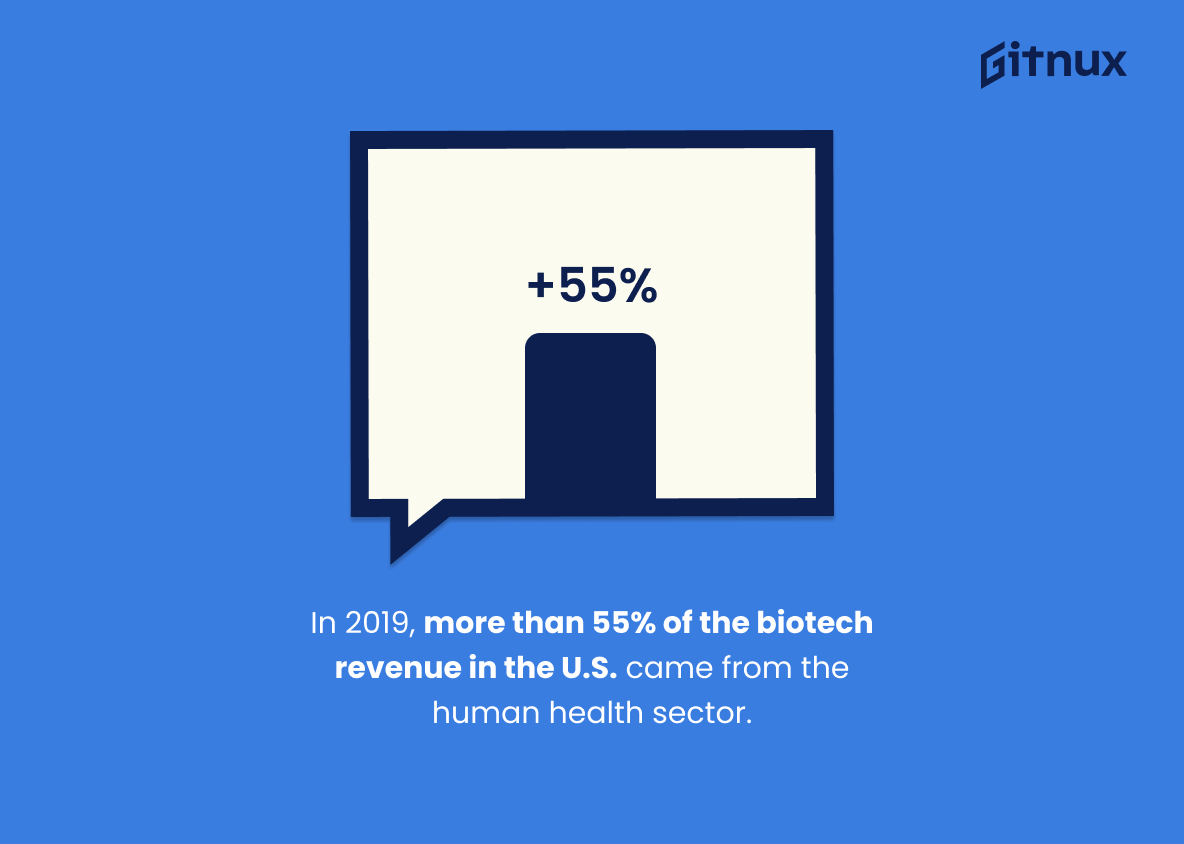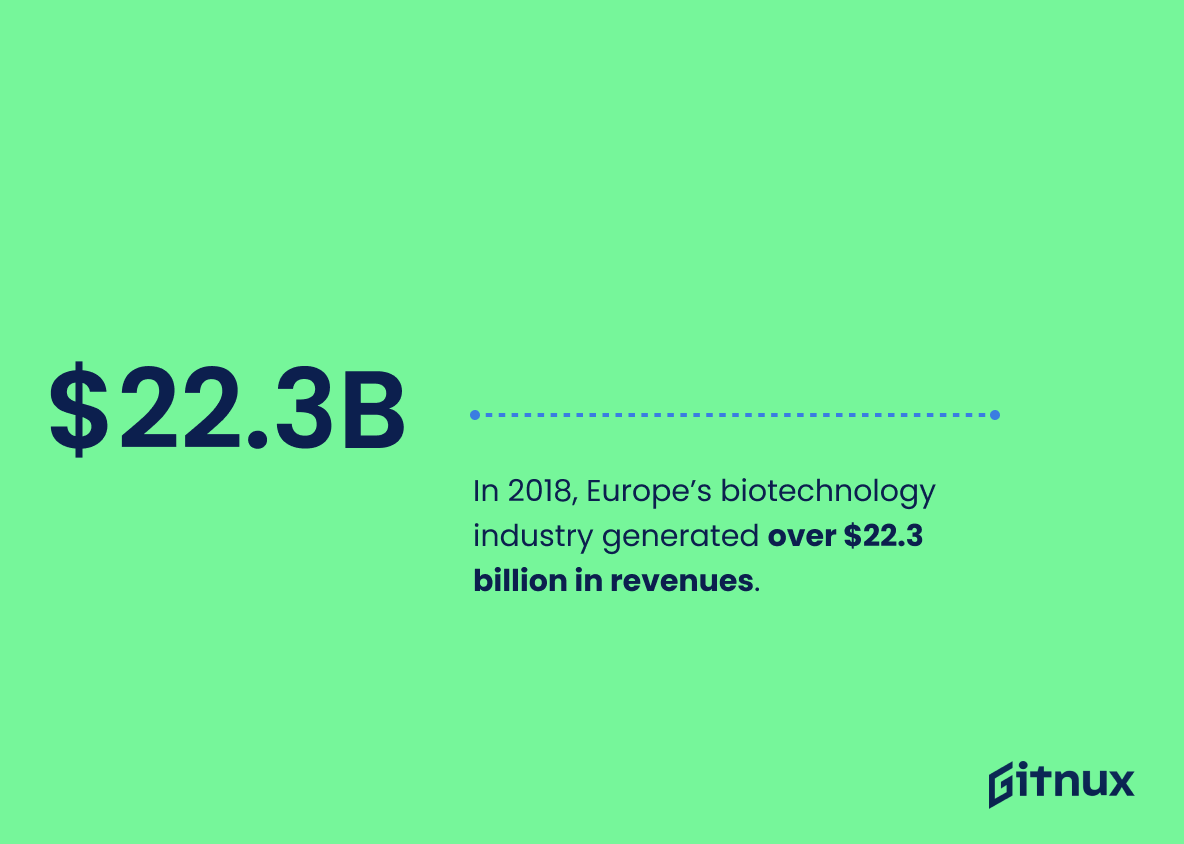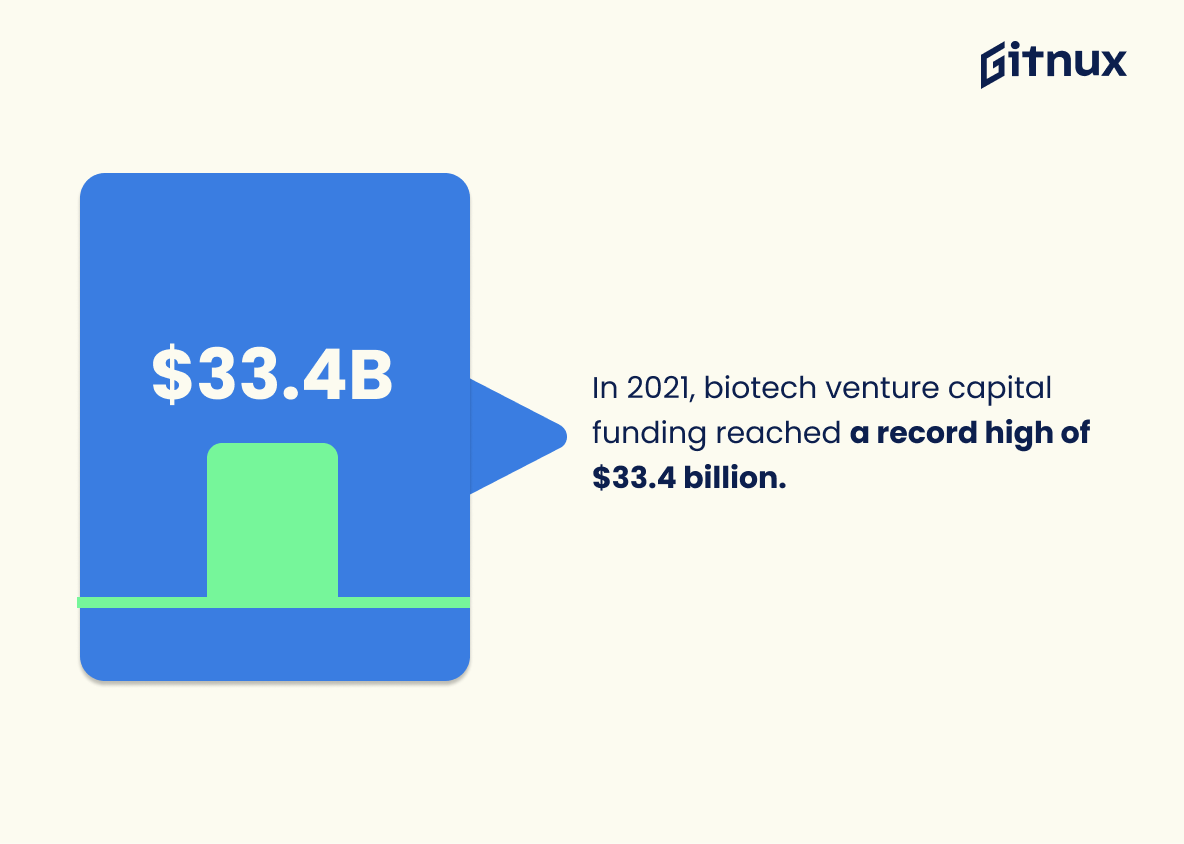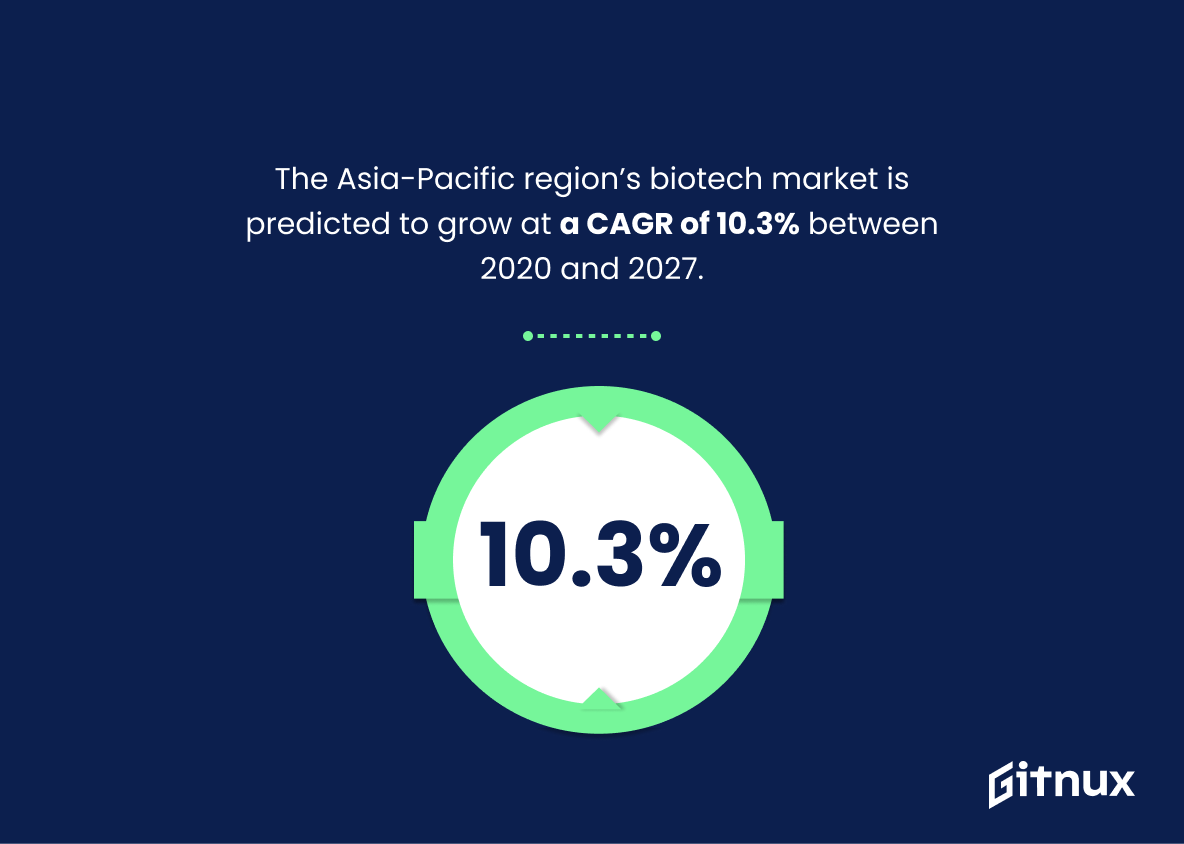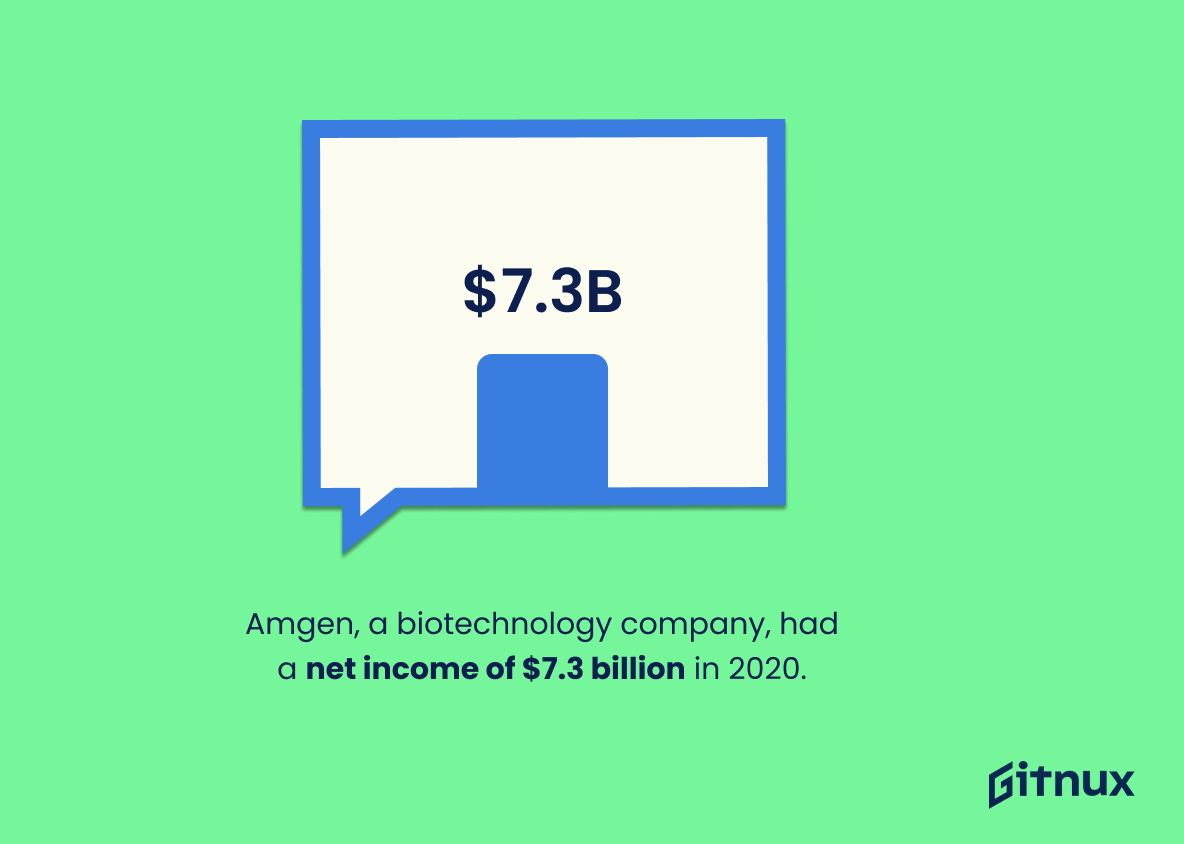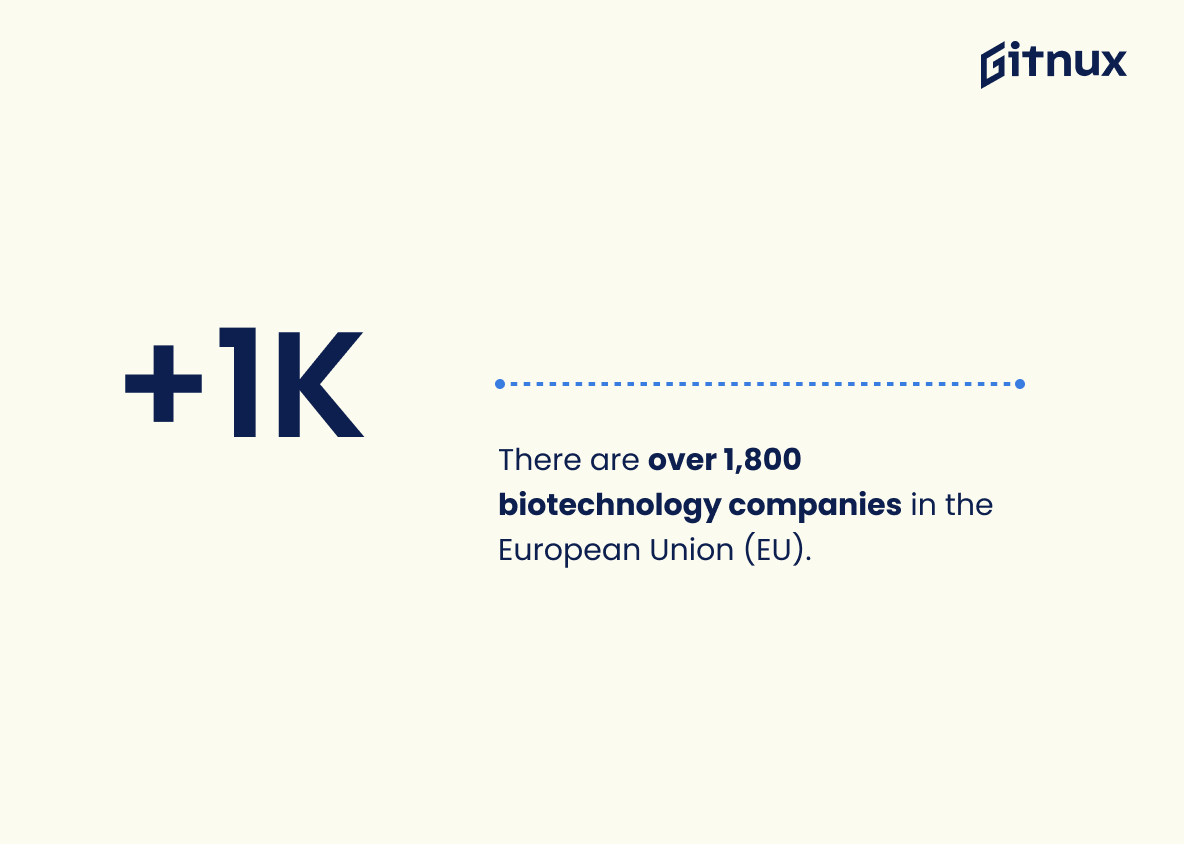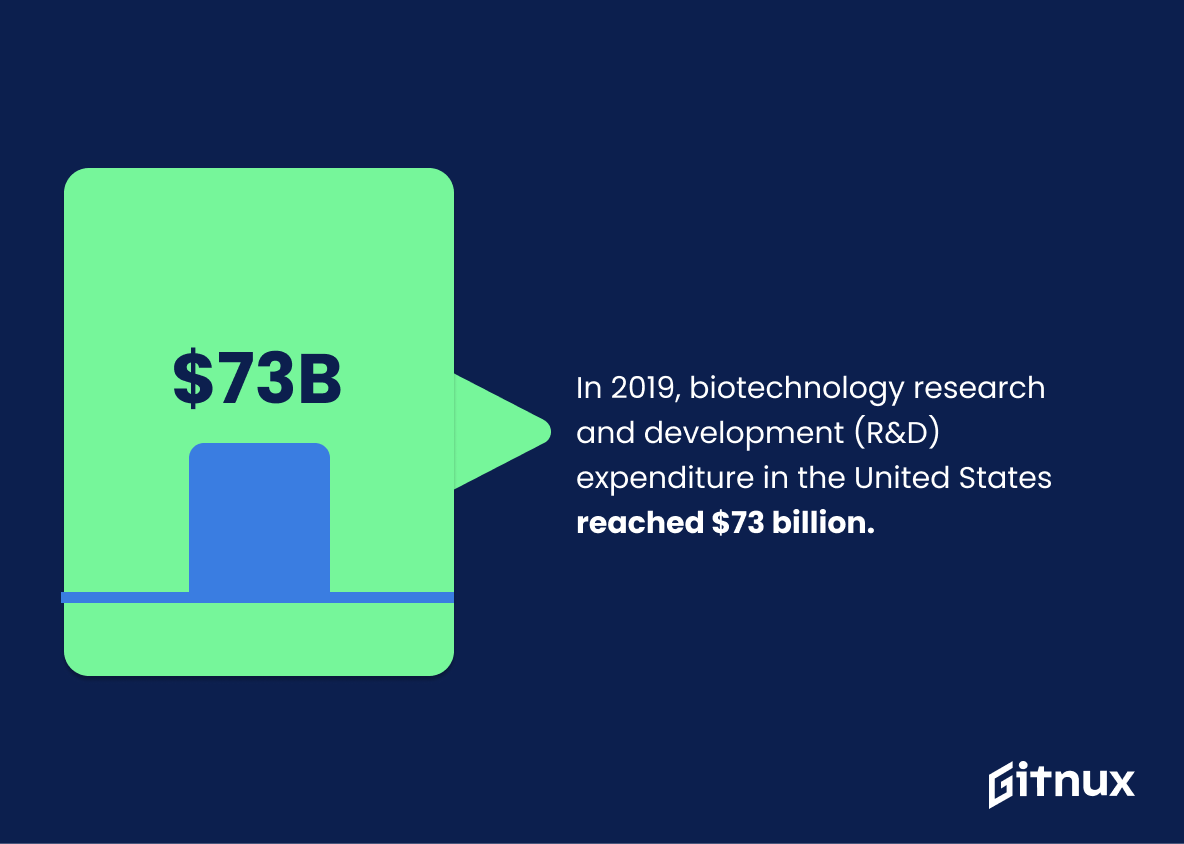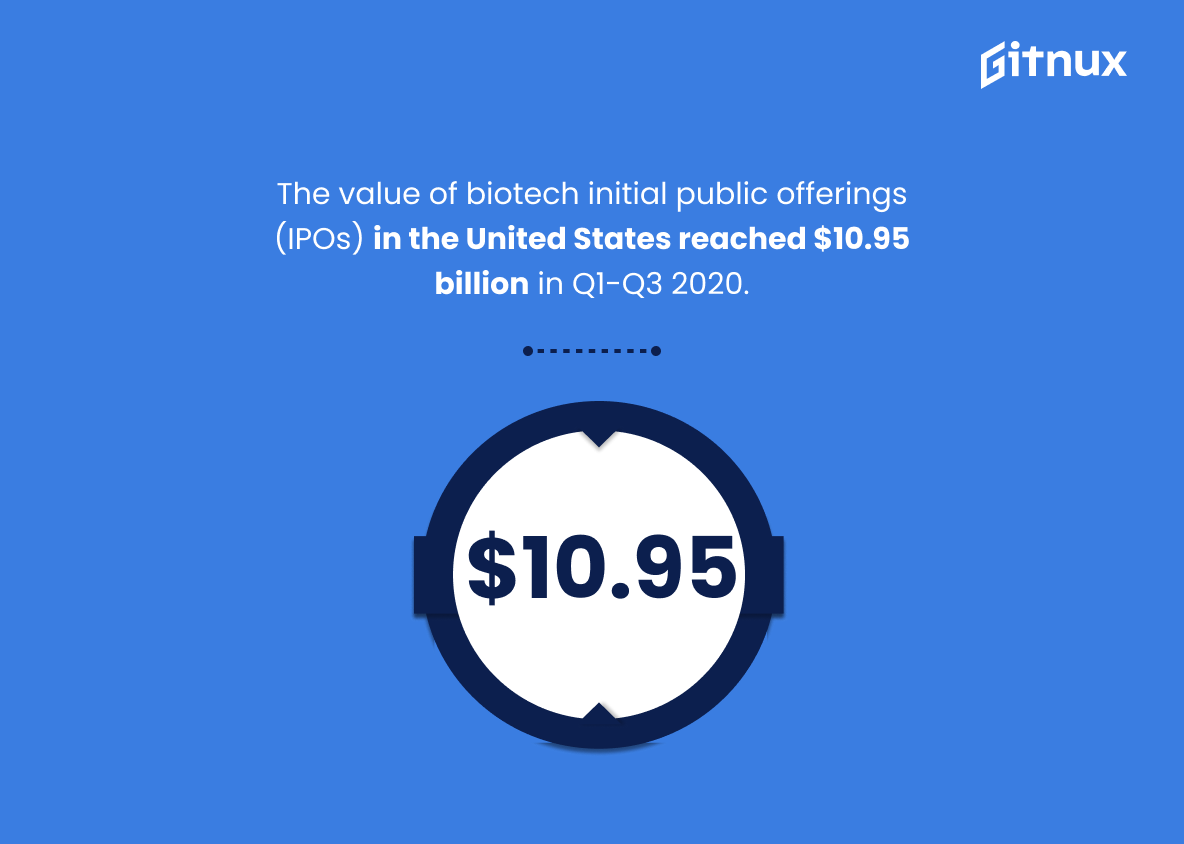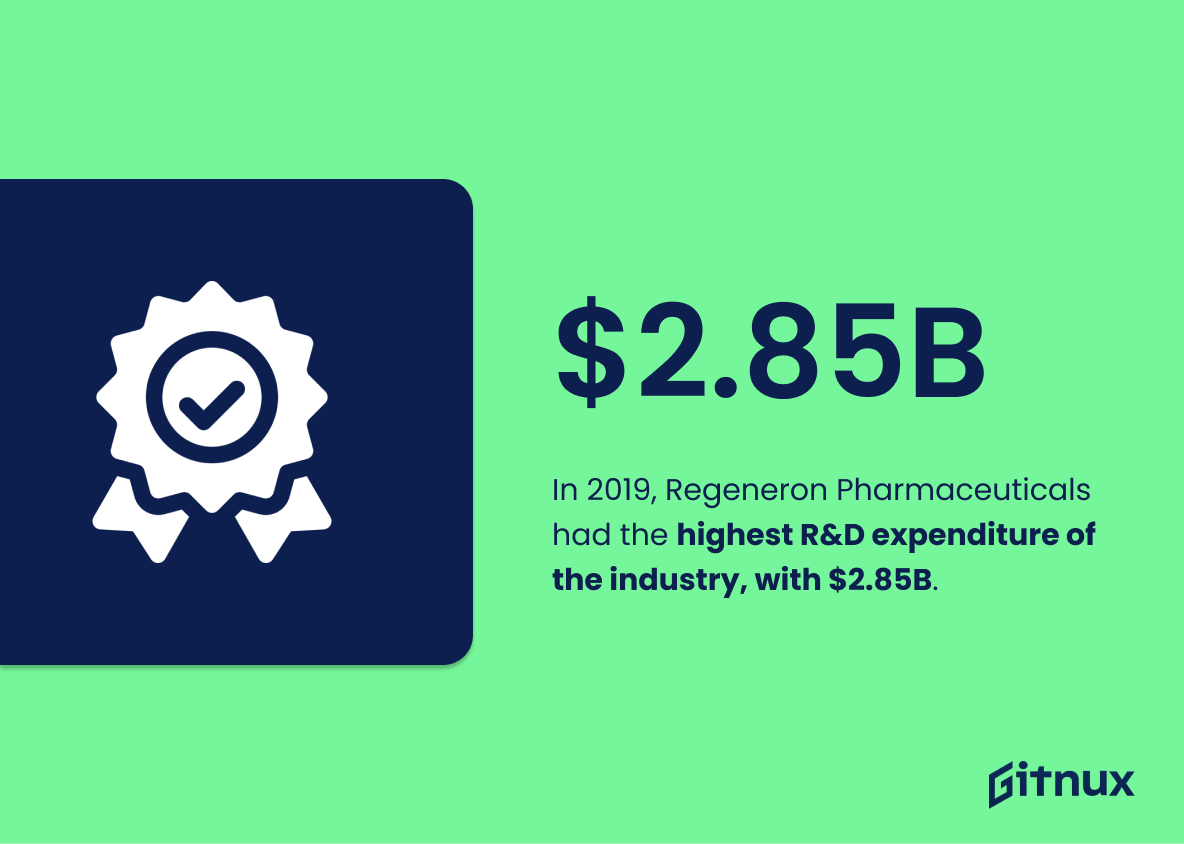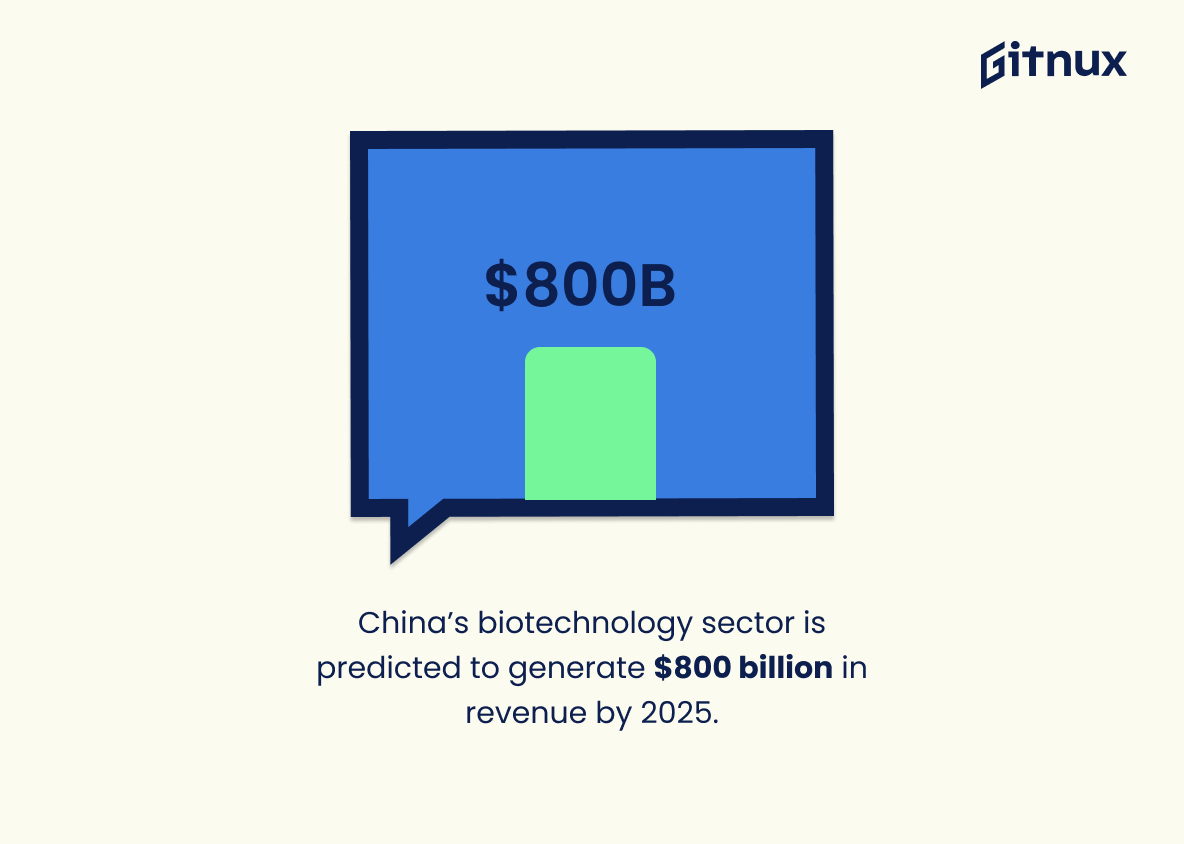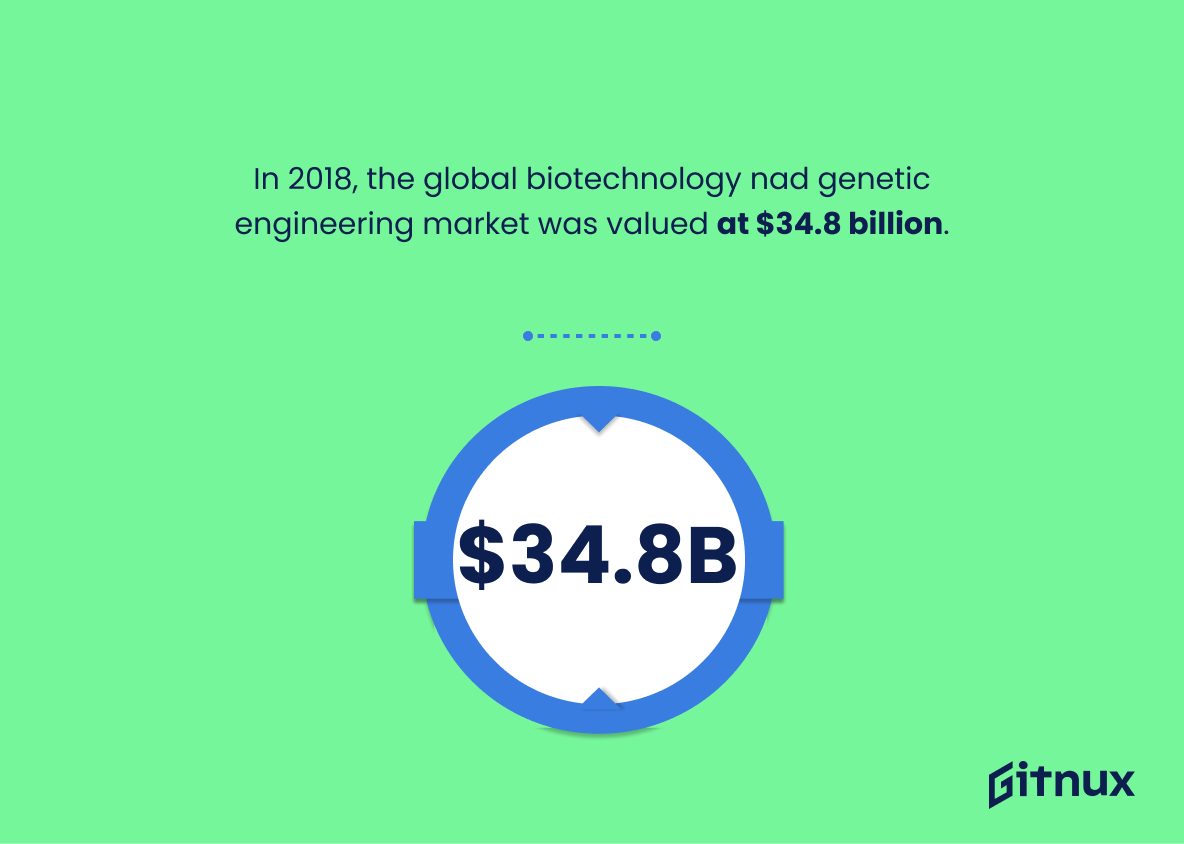The biotechnology industry is a rapidly growing sector that has seen tremendous growth in recent years. According to Grand View Research, the global biotechnology market was valued at $427.3 billion in 2018 and is expected to reach $727.1 billion by 2025 – an impressive compound annual growth rate (CAGR) of 7%. The U.S., Europe, Asia-Pacific region, and Canada are some of the major markets for this industry with each having its own unique characteristics driving their respective biotech sectors forward.
In terms of revenue generation, human health accounted for more than 55% of total revenues generated from the U.S.’s biotech sector in 2019 while agricultural biotechnology had a global market size estimated at around $67 billion as per Allied Market Research’s report on agriculture biotechnologies published last year. Additionally, venture capital funding reached record highs globally with over 33 billion dollars invested into various startups across different countries during 2021 alone according to BioPharma Dive’s analysis on VC investments within the space throughout 2020-2021 period .
Furthermore, research & development expenditure also saw significant increases worldwide reaching 73 Billion USD spent solely by US companies back in 2019 according to Statista’s data collection regarding R&D spending trends within Biotech Industry between 2017 -2019 timeframe . Lastly , Global Biopharmaceutical Industry itself is predicted to grow exponentially reaching 389 Billion USD mark by 2024 based off Market Data Forecast’s comprehensive report released earlier this year which analyzed current state and future prospects related specifically towards pharmaceutical segment within larger scope of overall Biotech Sector .
Overall it can be said that despite facing numerous challenges due Covid 19 pandemic ,Biotech Sector remains one most promising industries out there offering great potential both financially as well as technologically speaking when it comes down creating new innovative solutions aimed improving quality life people all around world
This statistic is a testament to the immense potential of the biotechnology industry. It highlights the immense growth that the industry is expected to experience in the coming years, and serves as a reminder of the immense opportunities that the industry presents. It is a powerful indicator of the industry’s potential, and a reminder of the importance of staying up-to-date with the latest biotechnology industry statistics.
In 2018, the U.S. biotechnology market size was valued at $96.8 billion.
This statistic is a testament to the immense growth of the biotechnology industry in the United States. It highlights the fact that the biotechnology sector has become a major player in the economy, with a market size of nearly $100 billion. This figure is a clear indication of the potential of the biotechnology industry and its ability to generate significant economic activity.
Biotechnology Industry Statistics Overview
The biotechnology sector’s compound annual growth rate (CAGR) is projected to be 7.4% between 2021 and 2028.
This statistic is a crucial indicator of the biotechnology sector’s potential for growth in the coming years. It provides insight into the sector’s trajectory and can be used to inform decisions about investments, partnerships, and other strategic initiatives. With a projected CAGR of 7.4%, the biotechnology sector is poised to experience significant growth in the near future, making it an attractive option for those looking to capitalize on the industry’s potential.
In 2019, more than 55% of the biotech revenue in the U.S. came from the human health sector.
This statistic is a testament to the immense impact the human health sector has had on the biotechnology industry in the United States. It highlights the importance of the sector in driving the growth of the industry and its contribution to the overall revenue. This statistic is a valuable insight into the biotechnology industry and its potential for further growth.
In 2018, Europe’s biotechnology industry generated over $22.3 billion in revenues.
This statistic is a testament to the immense success of the European biotechnology industry in 2018. It highlights the immense potential of the industry and the immense economic benefits it can bring to the region. It also serves as a reminder of the importance of investing in biotechnology and the potential it has to revolutionize the way we live.
In 2021, biotech venture capital funding reached a record high of $33.4 billion.
This statistic is a testament to the immense potential of the biotechnology industry. It shows that investors are increasingly recognizing the value of biotechnology and are willing to invest heavily in the sector. This is a clear indication that the biotechnology industry is on the rise and is likely to continue to grow in the coming years.
The Asia-Pacific region’s biotech market is predicted to grow at a CAGR of 10.3% between 2020 and 2027.
This statistic is a testament to the potential of the biotechnology industry in the Asia-Pacific region. It indicates that the market is expected to expand at a rapid rate over the next seven years, providing a wealth of opportunities for businesses and investors alike. This is an important piece of information for anyone interested in the biotechnology industry, as it provides a glimpse into the future of the sector.
In 2019, the U.S. had the highest number of biotechnology firms, with 3,416.
This statistic is a testament to the strength of the biotechnology industry in the United States. It shows that the U.S. is a leader in the field, with the highest number of biotechnology firms in the world. This is a clear indication that the biotechnology industry is thriving in the U.S., and that the country is well-positioned to continue to be a leader in the field.
Amgen, a biotechnology company, had a net income of $7.3 billion in 2020.
The fact that Amgen, a biotechnology company, had a net income of $7.3 billion in 2020 is a testament to the success of the biotechnology industry. It shows that biotechnology is a lucrative and profitable sector, and that companies in the industry are capable of generating significant revenue. This statistic is a powerful reminder of the potential of biotechnology and the potential for growth in the industry.
There are over 1,800 biotechnology companies in the European Union (EU).
This statistic is a testament to the sheer size and scope of the biotechnology industry in the European Union. It speaks to the immense potential of the sector, as well as the level of investment and innovation that has gone into it. It also serves as a reminder of the importance of the biotechnology industry in the EU, and the need for continued support and investment in order to ensure its continued success.
In 2019, biotechnology research and development (R&D) expenditure in the United States reached $73 billion.
This statistic is a testament to the immense investment that has been made in biotechnology R&D in the United States. It highlights the importance of biotechnology in the US economy and the potential for further growth in the industry. It also serves as a reminder of the potential for biotechnology to revolutionize the way we live and work, and the importance of continuing to invest in this field.
The value of biotech initial public offerings (IPOs) in the United States reached $10.95 billion in Q1-Q3 2020.
This statistic is a testament to the strength of the biotechnology industry in the United States. It shows that despite the economic downturn caused by the COVID-19 pandemic, the biotechnology sector has remained resilient and continues to attract significant investment. This statistic is a valuable insight into the health of the biotechnology industry and provides a valuable benchmark for investors and industry stakeholders.
In 2019, Regeneron Pharmaceuticals had the highest R&D expenditure in the biotechnology industry, with $2.85 billion.
This statistic is a testament to the commitment of Regeneron Pharmaceuticals to the biotechnology industry. With an R&D expenditure of $2.85 billion, it is clear that Regeneron is dedicated to pushing the boundaries of biotechnology and developing innovative solutions to the challenges faced by the industry. This statistic is a reminder of the importance of investing in research and development in order to stay ahead of the competition and remain a leader in the biotechnology industry.
China’s biotechnology sector is predicted to generate $800 billion in revenue by 2025.
This statistic is a testament to the immense potential of the biotechnology sector in China. By 2025, it is estimated that the sector will have generated a staggering $800 billion in revenue, highlighting the immense growth and development of the industry. This statistic is a powerful indicator of the immense opportunities that the biotechnology sector in China holds for investors and entrepreneurs alike.
India’s biotechnology market is expected to grow at a CAGR of 13.75% between 2021 and 2026.
This statistic is a testament to the potential of India’s biotechnology market, indicating that it is set to experience significant growth in the coming years. It is an important piece of information for anyone interested in the biotechnology industry, as it provides insight into the future of the sector and the opportunities it presents. Furthermore, it can be used to inform decisions about investments, partnerships, and other strategic moves in the biotechnology industry.
In 2020, Canada’s biotechnology industry employed over 14,000 people.
This statistic is a testament to the success of Canada’s biotechnology industry, demonstrating that it is a major employer in the country. It highlights the importance of the industry in providing jobs and contributing to the economy. Furthermore, it shows that the industry is growing and has potential for further growth in the future.
In 2018, the global biotechnology nad genetic engineering market was valued at $34.8 billion.
This statistic is a testament to the immense growth of the biotechnology and genetic engineering market in recent years. It highlights the potential of this industry and the opportunities it presents for businesses and investors alike. It also serves as a reminder of the importance of staying up-to-date with the latest industry trends and developments in order to remain competitive.
The global biopharmaceutical industry is predicted to reach $389 billion by 2024.
This statistic is a testament to the immense potential of the biopharmaceutical industry. It highlights the immense growth that the industry is expected to experience in the coming years, and serves as a reminder of the immense opportunities that the industry presents. It is a powerful indicator of the industry’s potential, and a reminder of the importance of staying up-to-date with the latest biotechnology industry statistics.
Conclusion
The biotechnology industry is a rapidly growing sector with immense potential for growth. The global market size of the biotechnology industry is expected to reach $727.1 billion by 2025, and its compound annual growth rate (CAGR) between 2021 and 2028 is projected to be 7.4%. In 2018, the U.S., Europe, and Asia-Pacific regions had respective biotech markets valued at $96.8 billion, $22.3 billion, and an estimated value of over $800 billion in 2025 respectively; indicating that these three regions are major contributors to this field’s success worldwide.
Additionally, venture capital funding reached a record high of $33.4 billion in 2021 while R&D expenditure was recorded as being around 73$billion in 2019 alone – further highlighting how much investment has been made into this sector recently which will likely lead to even more advancements within it going forward.. Biotech companies have also seen great financial success such as Amgen having net income of 7$billion in 2020 or Regeneron Pharmaceuticals having 2$85billion spent on research & development expenses back in 2019 . All these statistics point towards one thing: that the future looks bright for the biotechnology industry.
References
0. – https://www.www.marketdataforecast.com
1. – https://www.www.grandviewresearch.com
2. – https://www.www.fortunebusinessinsights.com
3. – https://www.www.statista.com
4. – https://www.www.marketwatch.com
5. – https://www.www.ic.gc.ca
6. – https://www.www.macrotrends.net
7. – https://www.www.bioworld.com
8. – https://www.www.biopharmadive.com
9. – https://www.www.marketresearchfuture.com

